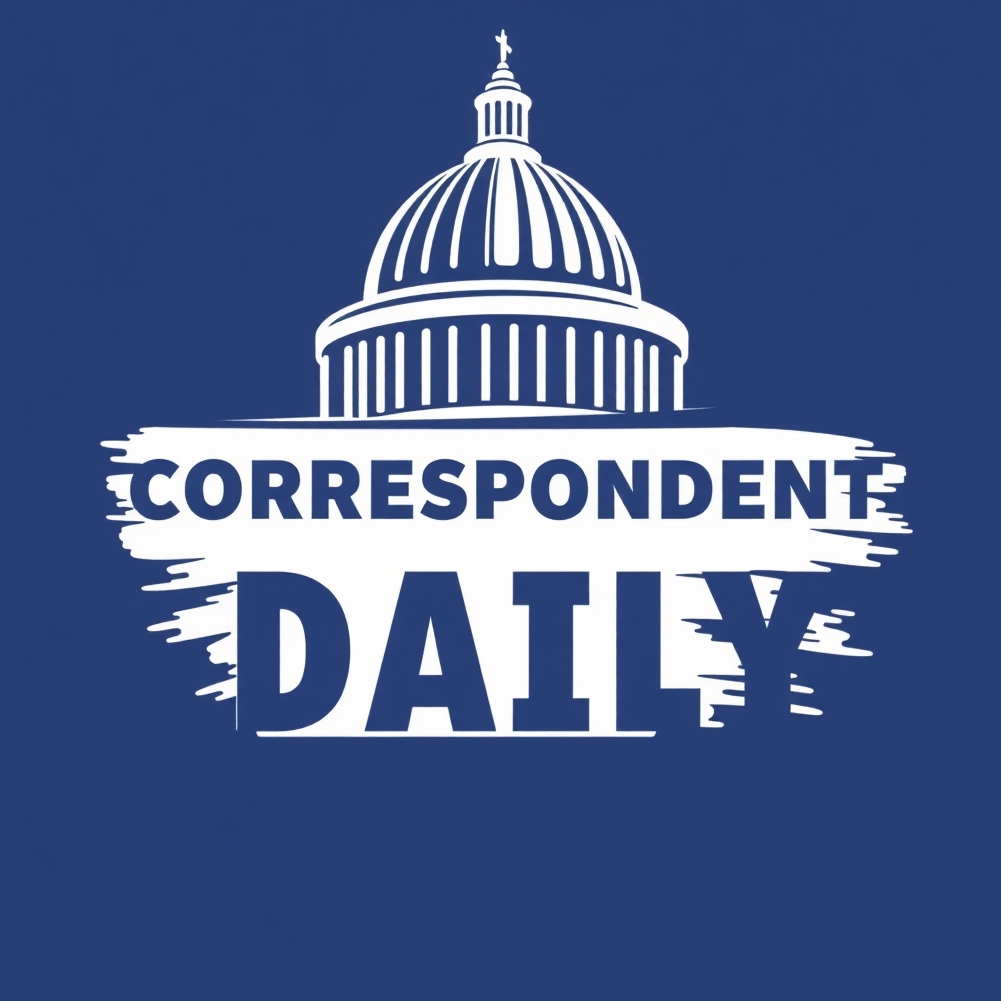
Trump's Accelerating Ultimatum: What’s at Stake?
On the global stage, President Donald Trump's recent decision to shorten the deadline for Russian President Vladimir Putin to agree to a ceasefire in Ukraine captures attention as a pivotal moment in U.S.-Russia relations. Originally set for 36 days from now, Trump has expressed intentions to announce a new, much tighter timeline of just 10 to 12 days. This move underscores the urgency felt by the Trump administration, emphasizing a shift in strategy with potentially profound implications for international diplomacy.
The Implications of Sanctions
What does this updated ultimatum really mean? Trump hinted at imposing heavy secondary sanctions, specifically targeting countries like China and India, known for their dealings with Russian oil. By threatening 100% tariffs on nations purchasing oil from Russia, the message is clear: the U.S. aims to cut off financial avenues supporting Russia’s ongoing military operations in Ukraine. A potential economic penalty for these countries could redefine alliances and extend the ramifications far beyond Russian borders, shaking the ground of global oil markets.
The Global Oil Market: A Ripple Effect
The global oil market, already experiencing volatility due to the ongoing conflict in Ukraine, could see significant shifts if Trump’s proposed sanctions come to fruition. As one of the largest consumers of Russian oil, both China and India could be forced to reassess their import strategies, impacting their energy security and trade relations. Understanding these dynamics is crucial for stakeholders in the energy sector who should prepare for possible disruptions and reconfigure their strategies accordingly.
A Disappointment in Diplomacy
In a statement highlighting his frustration, Trump remarked on the lack of progress in negotiations with Putin, indicating a growing impatience from the U.S. leadership. During a meeting with U.K. Prime Minister Keir Starmer in Scotland, Trump expressed his disillusionment with the dialogues, labeling them as insincere, where “people die the following night” despite what he perceives as polite conversation. This emotional angle illustrates the human cost that underlies geopolitical actions and decisions.
China and India: Walking a Tightrope
For China and India, the pressure from the U.S. creates a delicate balancing act. Both nations have engaged in talks with the U.S. while trying to maintain relationships with Russia. Each must navigate their national interests carefully; succumbing to U.S. pressure could jeopardize their energy supplies, while supporting Russia could portray them unfavorably on the international stage. This geopolitical chess match could lead to unexpected alliances and tensions in the Asia-Pacific region.
Future Outlook: Is Peace Possible?
As Trump prepares to unveil the revised deadline, the global community watches closely. The new timeline represents a critical juncture: will it prompt genuine negotiations for peace, or signal an escalation in hostilities? Questions linger around the efficacy of sanctions as a tool for change, challenging traditional diplomacies and the effectiveness of economic retaliation.
Conclusion
As the situation continues to evolve, it becomes increasingly important for analysts and citizens alike to understand the factors at play in this complex narrative. With global energy markets on the brink and the possibility of sanctions creating waves throughout diplomatic channels, curiosity about future developments is natural. How Trump’s ultimatum will translate into actions—and the subsequent responses from Russia and its allies—remains to be seen, but one thing is certain: this is a defining moment in contemporary geopolitics.
 Add Row
Add Row  Add
Add 




Write A Comment